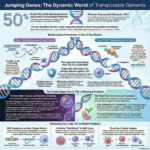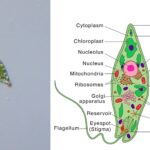Explain the composition of triglyceride.
Explain the composition of triglyceride.
Please login to submit an answer.
Triglyceride is an ester derived from glycerol and three fatty acids
Glycerol is a three-carbon polyol with three hydroxyl groups that forms the backbone of a triglyceride and is chemically propane-1,2,3-triol
Each hydroxyl group of glycerol undergoes an esterification reaction with the carboxyl group of a fatty acid, releasing one molecule of water per ester bond
Fatty acids in triglycerides vary in chain length from 4 to 36 carbons but most commonly contain 12–18 carbons and can be saturated or unsaturated
Common triglyceride molecular formulas include C₅₅H₉₈O₆ for a mixed unsaturated triglyceride containing palmitic, oleic, and α-linolenic acids
Triglycerides are also known as triacylglycerols (TAGs) and are the main constituents of body fat and vegetable oils
The positions of fatty acids on glycerol are stereospecifically numbered sn-1, sn-2, and sn-3, influencing the physical properties and metabolism of the triglyceride
Saturated fatty acid residues (no double bonds) confer higher melting points and solidity, while unsaturated residues (one or more double bonds) confer lower melting points and fluidity
In biological systems, triglycerides serve as energy storage molecules that yield approximately 9 kcal per gram upon complete oxidation
Industrial applications of triglycerides include food formulations, cosmetic emollients, and biodiesel production, where their fatty acid composition determines melting behavior, oxidative stability, and flow properties
- Share on Facebook
- Share on Twitter
- Share on LinkedIn
Helpful: 0%




